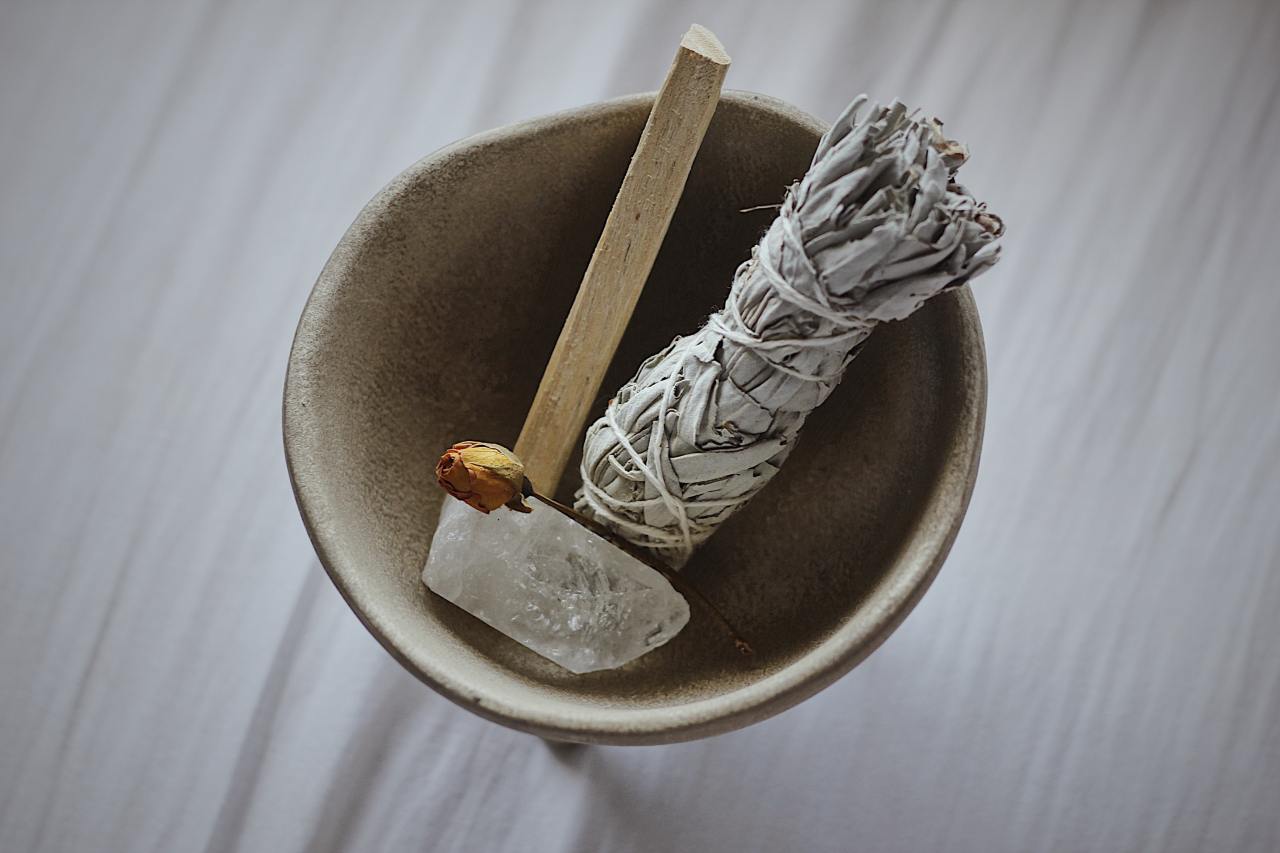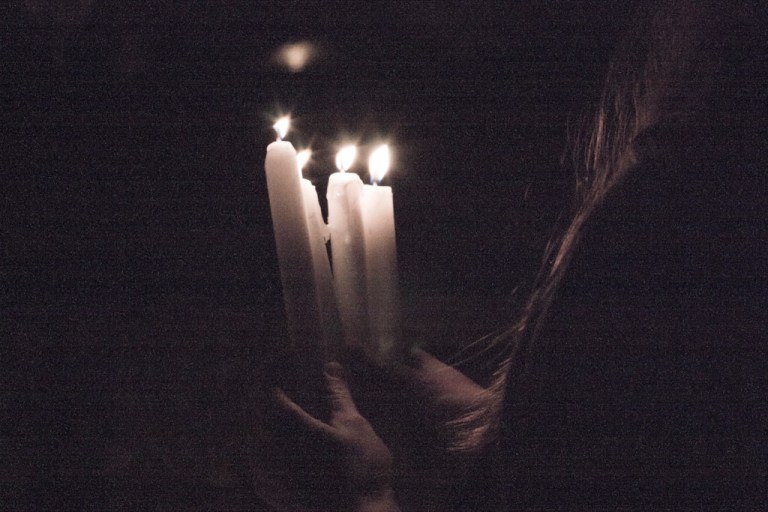
How Smudging Works: Smudging Prayers, Burning Sage, Benefits, and Kits
Smudging is a sacred, ancient practice that should be respected. It has roots in Native American tradition. Dried sage, especially white sage, was used by indigenous people for decades. Shamans would burn sage in order to cleanse others of negativity while also promoting wisdom, healing, and longevity. However, over time, smudging has become a part of the New Age, commercial practices.
Smudging is a cleansing ritual that involves the burning of sage. This can also be referred to as saging and promotes physical, emotional, and mental well-being by getting rid of bad energy. Sage itself is an herb that comes from the salvia plant family. This is fitting since salvere means to heal in Latin.
How to Smudge a House
In order to perform a smudging ritual and turn the house into a sacred space, sage is needed along with an abalone shell or some other form of a vessel to hold the sage. A long match or a candle is also needed in order to light the sage. Then a feather or fan can spread the sacred smoke released from the burning herb.
Start by opening a door or a window in order to release the medicinal smoke. Then come up with a mantra or a prayer about what needs to be purified in the space. This should be repeated over and over throughout the ritual.
When it is time to actually burn the sage, hold it at a forty-five-degree angle. Light the tip and let it burn for at least twenty seconds. Then blow out the flame. Orange embers will appear and the smoke will billow up into the air.
Now, walk around the room to spread the smoke around the space. Pay special attention to corners, hallways, and doorways. Mirrors and electronics, such as phones and laptops, should be saged as well. However, make sure the smoke is guided toward open windows for an easy escape.
When finished smudging, press the tip of the sage into some dirt, sand, or a fireproof bowl until the smoke disappears. Be careful not to get it wet. Although a smudge stick can be used again, water will make it harder to light the next time.
How to Smudge the Body
Sage smudging the body is similar to sage smudging a home or a workspace. The main difference is that the focus will be more concentrated. Get into position, standing with legs spread, forming a T. Then start the smoke cleansing down by the feet and repeat the chosen mantra while slowly working up the body.
The areas that need the most attention during smudging differs based on the individual. Make sure to spend more time on the areas that are used the most throughout the day. For instance, a public speaker should sage near the throat, while a manual worker should sage near the hands.
Keep in mind, no matter where the sage is being used on the body, keep it an arm’s distance away while working in order to avoid an accident.
Smudging Prayers
A smudging ceremony is a spiritual act, which is why intentions are an important part of the process. A person can come up with their own mantra, or they can borrow one they have heard in the past. It doesn’t matter whether the words are spoken aloud or repeated internally as long as there is a strong connection to the mantra.
Here are a few examples of what to say when smudging a house:
“Into this smoke, I release all energies that no longer serve me, all negativity that surrounds me, and all fears that limit me.”
“I am surrounded by love and light.”
“Air, fire, water, earth. Cleanse, dismiss, dispel.”
“All negative, stagnant, dense, or low vibrational energy is cleansed and restored to its most organic state.”
Benefits of Smudging
The biggest benefit of smudging is that it will dispel negative ions, which cause unwanted energy. Sage will dispel the negativity caused by past traumas and bad experiences, creating a living space or a workspace filled with more positive energy.
Sage also has antimicrobial and antibacterial qualities. This means it can improve mood, concentration, and sleep quality. In addition to fighting off insomnia and negativity, it can also work as an insect repellent and fight against bugs.
There isn’t a specific amount of times a person should sage in order to reap the rewards. They should simply perform a cleansing whenever they feel weighed down by stress, toxicity, and negative energy.
Negative Effects of Smudging
It’s important to avoid inhaling smoke when smudging. Although it is generally safe to breathe in, directly inhaling it can cause the lungs to dry out and irritate the mucosa. For those who are sensitive to smoke, cleansing smudge mist is a great alternative that doesn’t involve any sage smoke. This can also be helpful when smoke isn’t allowed in a certain area that needs to be cleansed, such as an office building.
Smudging can also become a safety hazard when done improperly. When saging the body, it’s important to pull back the hair and avoid wearing loose clothing. If embers drop onto the ground, they should be stamped out immediately. When the sage is done being used, make sure it is properly extinguished before leaving the room.
Best Smudging Kits
Sage kits are available in metaphysical shops or websites across the internet. These kits contain bundles of a single herb or a combination of several different sacred herbs. The most commonly included herbs are white sage, which has a woodsy scent, and desert sage, which is peppery with a warm herbaceous aroma. A more expensive smudge bundle or sage bundle might even include a smudge bowl.
A word of warning: Be careful when purchasing a smudging kit or even a sage stick because the popularity of sage has led to a lot of providers overharvesting the sacred plant. Out of respect to the indigenous culture — and for the sake of Mother Earth — make sure to purchase sage that has been collected sustainably.
Another dried herb — such as juniper, rosemary, sweetgrass, cedar, or Palo Santo — can also be used as smudging herbs instead of sage. Essential oils are another alternative that can be used for space clearing and dispelling bad energy. ![]()











